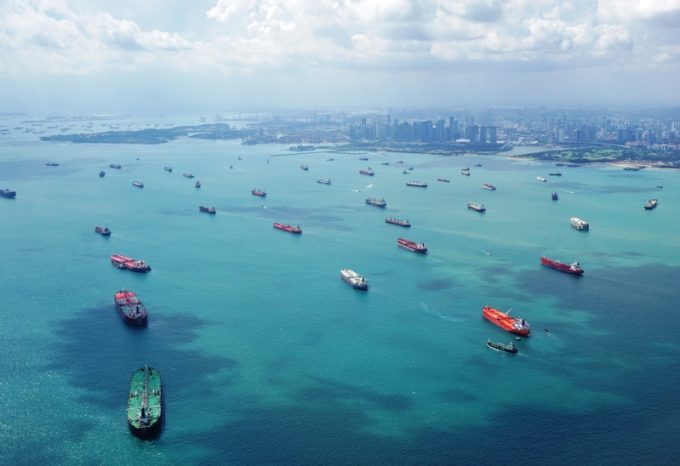More pressure on shippers from new levy at container depots at Nhava Sheva
Container depot operators in and around India’s Nhava Sheva port (JNPA) have announced an additional ...

Ocean carrier loop suspensions will add significant tonnage to the idle fleet, unless the redundant vessels are redeployed or chartered-out – but these options seem unlikely in the current market.
Last week, THE Alliance partners Hapag-Lloyd, ONE, Yang Ming and HMM announced ...

Comment on this article
Dzung Nguyen
November 02, 2023 at 6:43 amAs a local forwarding agent in north of Viet Nam, we don’t really understand the cont the space surplus apparently occurs on global scale but here in Hai Phong, we always face shortage of space why trying to get booking from carriers for some trade lanes like India and the rates keep going down gradually. Probably, the demand for certain routing is not enough for a serious consideration ?!!
Gary
DH logistics Hai Phong | https://dhhp.com.vn/